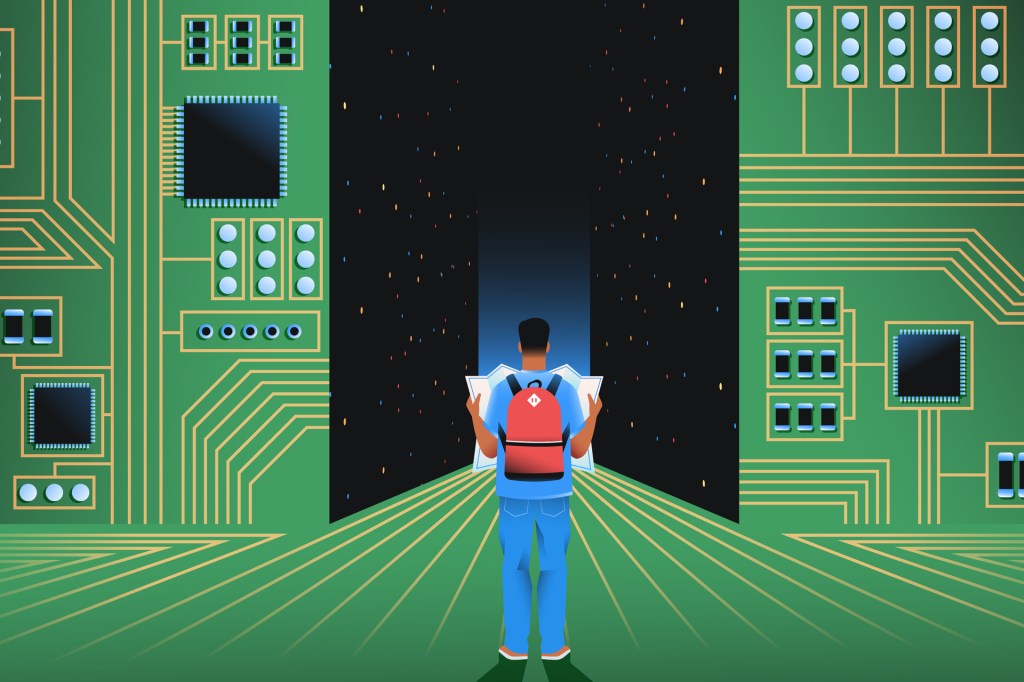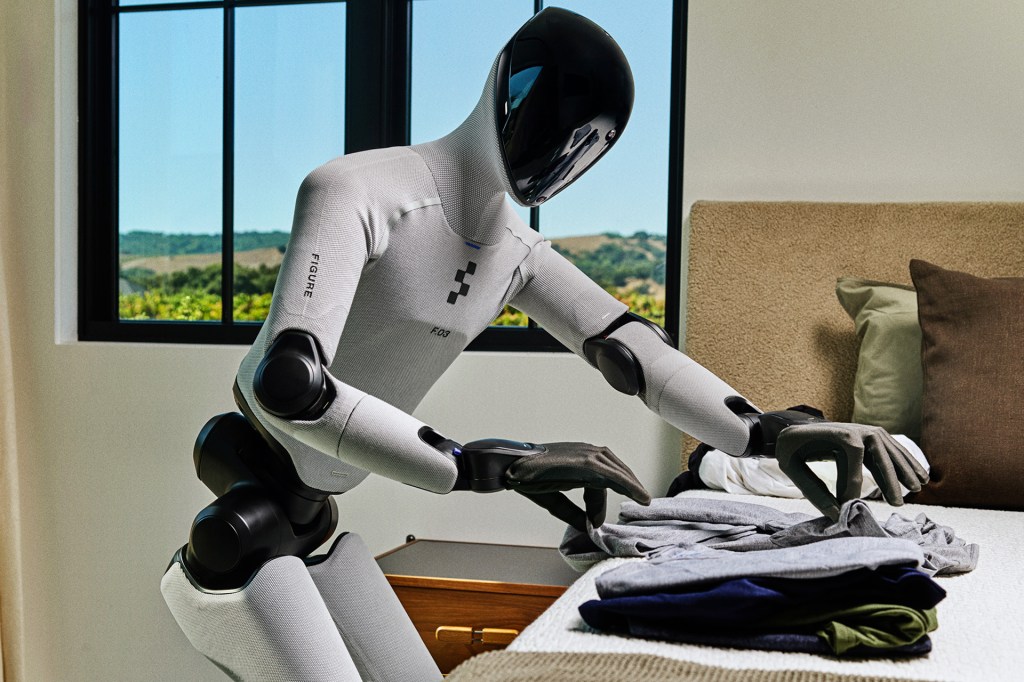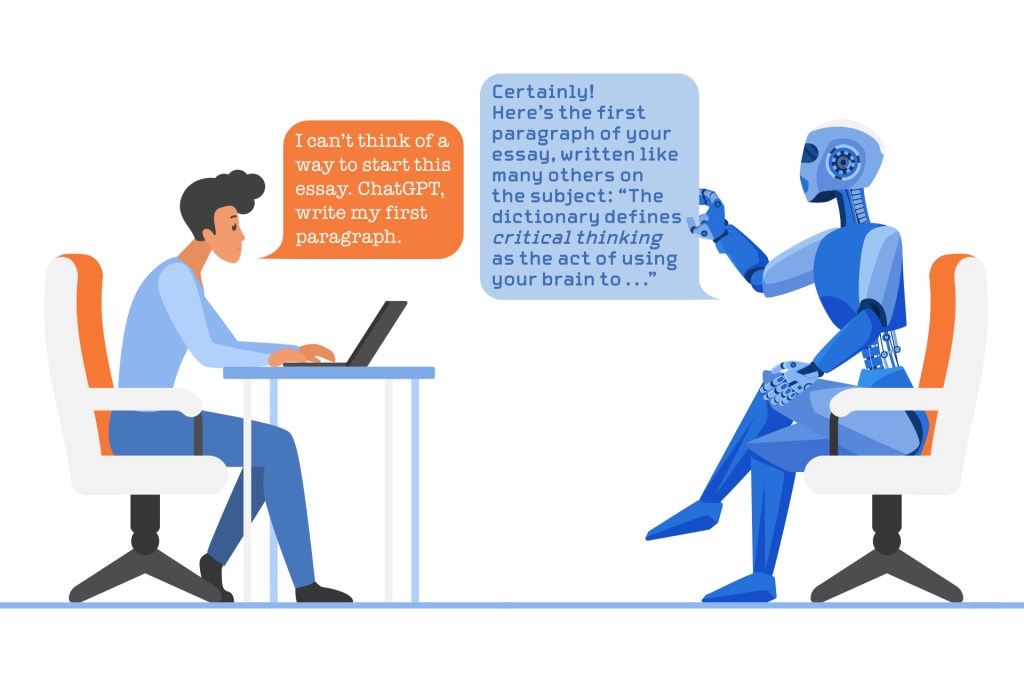Sky Rides
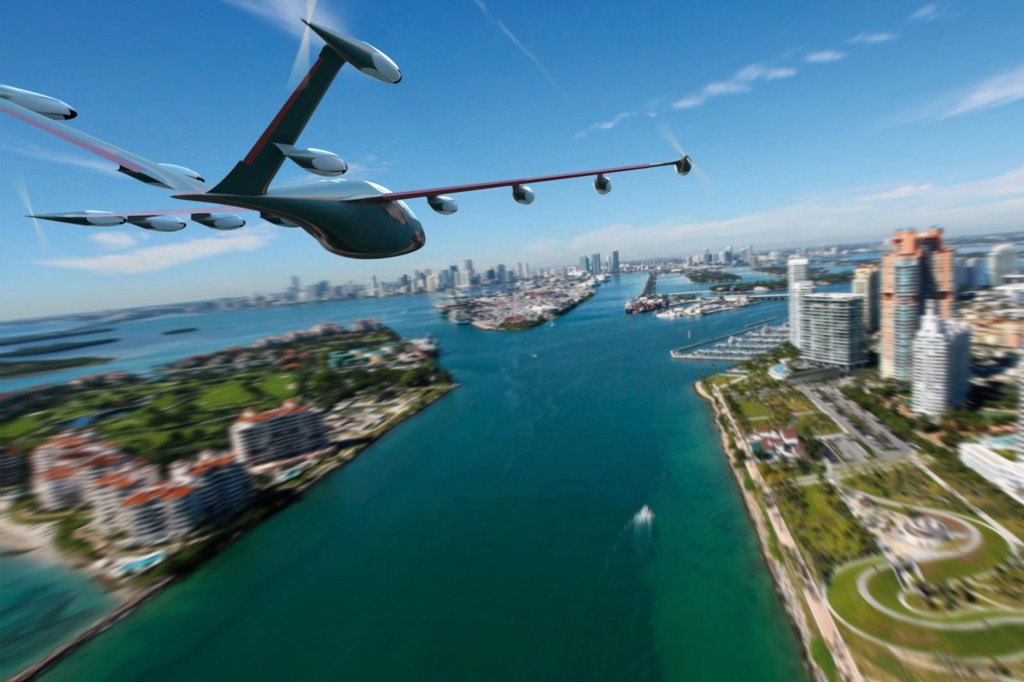
Flying cars have long been a symbol of the future. They could be zipping around soon!
You missed the school bus, so your parents call a car service. A flying vehicle appears on the horizon. It lands in front of your home and you hop in. The craft glides over rush-hour traffic and descends onto a landing pad at your school. This sci-fi scene could be a reality sooner than you think. Several companies worldwide are racing to make flying cars a real transportation choice.
Tech companies are betting the popularity of car services like Uber will drive demand for flying taxis. Interest would be high in cities, where commuters
commuter
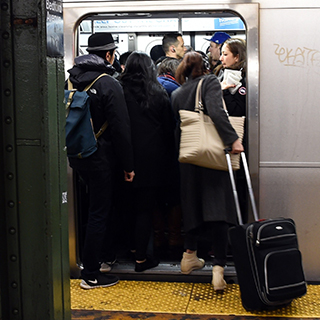 DON EMMERT—AFP/GETTY IMAGES
someone who travels to work
(noun)
Commuters filled the train during the morning rush hour.
spend hours sitting in traffic. Experts say that since the flying machines will pilot themselves, they will be safer than cars.
DON EMMERT—AFP/GETTY IMAGES
someone who travels to work
(noun)
Commuters filled the train during the morning rush hour.
spend hours sitting in traffic. Experts say that since the flying machines will pilot themselves, they will be safer than cars.
Hail the Flying Taxi
In Dubai, in the United Arab Emirates, people could be heading to work in self-piloted taxis as soon as this summer. The Ehang 184 can fly for 30 minutes on a single battery charge. It holds one passenger.
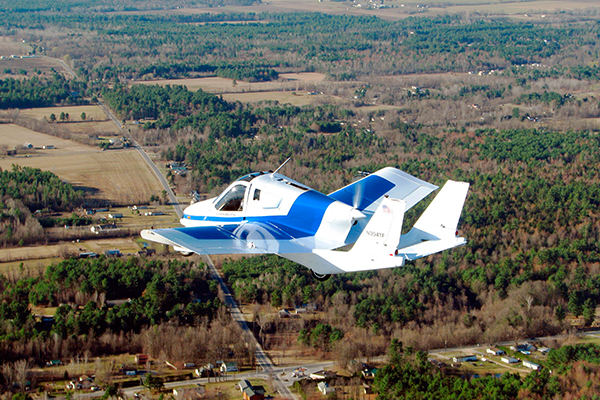
DOUBLE DUTY The Terrafugia Transition travels on land and in the sky.
TERRAFUGIA/BARCROFT CARSThe Ehang 184 is just one of several new flying machines known as VTOLs (vee-tols), for “vertical takeoff and landing.” VTOLs lift into the air with electric fans. Battery power makes most VTOLs quieter and cleaner than helicopters, which run on gasoline.
Like Uber passengers, air taxi users request a flight with an app on their phone. Once buckled in, the passenger presses a button to confirm that he or she is ready for takeoff. The vehicle sets the flight plan with air-traffic controllers. Then—liftoff!
Fast Forward
Before VTOLs can take off in the U.S., manufacturers will need to conduct safety tests. John Hansman, an aeronautics
aeronautics
 the science of air travel
(noun)
Wilbur and Orville Wright’s work in aeronautics paved the way for today’s airplanes.
professor at Massachusetts Institute of Technology, says aviation is already “incredibly safe.” VTOL makers will have to prove their craft are as reliable as airplanes. “The standard for being allowed to do something new is to be as safe as our current standards,” he says.
the science of air travel
(noun)
Wilbur and Orville Wright’s work in aeronautics paved the way for today’s airplanes.
professor at Massachusetts Institute of Technology, says aviation is already “incredibly safe.” VTOL makers will have to prove their craft are as reliable as airplanes. “The standard for being allowed to do something new is to be as safe as our current standards,” he says.
The Federal Aviation Administration (FAA) oversees all flights in the U.S. Before it approves flying cars, the FAA has to accomplish several tasks. The group needs to write safety standards for the new vehicles. These include minimum battery life and backup systems for when a battery fails. The FAA must also develop traffic rules so that low-flying vehicles can avoid collisions. Cities and towns will need to make room for the small craft, including creating landing sites.

DREAM CAR The design of the TF-X is based on craft in science-fiction movies.
TERRAFUGIA/BARCROFT CARSThe FAA says it is considering giving companies permission to test VTOLs as a way to encourage research. It has approved the Transition. The vehicle, which runs on gas, travels on the ground and in the air. Its wings fold up for ground use and extend for flight. But the Transition is expensive to produce. For now, only the wealthy will be able to afford one.
Terrafugia CEO Carl Dietrich says he wants to “make personal aviation a practical transportation option for everyone.” He thinks his company’s TF-X will do that. It will be equipped with electric-powered propellers that enable it to fly at 200 miles per hour. The TF-X won’t be available for at least 10 years.
Meanwhile, the world is watching to see how fast Dubai’s flying taxis get off the ground.






